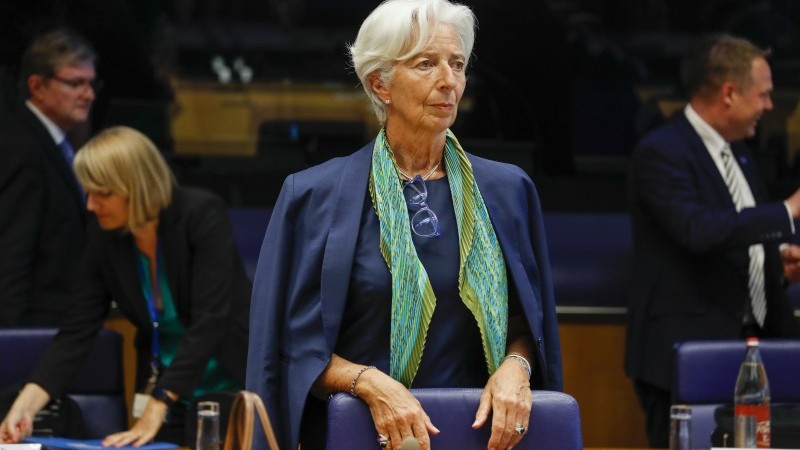
Debt sustainability
Even if economic divergence seems less of an issue now than at the time of the euro crisis, at face value, the public finance picture is less reassuring. The Covid-19 shock, while symmetric in nature, had a nonhomogeneous impact on economic activity in member countries, hitting some countries more heavily than others because of their economic structure and response to the crisis. Southern European countries recorded sharper increases in their deficits and debt compared to most of their core peers. However, unlike a decade ago, structural public accounts remained solid throughout the crisis, with the extra expenditure incurred to limit the shock to the economy being mostly temporary in nature. The political response in the most exposed countries such as Italy and Greece was for a relatively quick return to primary surpluses, telling us that times are different.
Having said that, the prospect of an accelerated normalisation in the ECB’s monetary policy has reawakened old ghosts, putting renewed pressure on spreads and bringing back to the fore doubts about debt sustainability.
For countries burdened by high public debt, sustainability remains an issue, but not one that is currently ringing alarm bells.
In the short run, the combination of long average maturities of debt, decent growth and high unanticipated inflation are all helping to counteract the incremental impact on debt coming from the sharp increase in government interest rates and from residual primary deficits, even in the most indebted countries.
Longer-term, as higher interest rates apply to a growing share of debt and unanticipated inflation is re-absorbed, decelerating real GDP growth would cause debt to snowball again, and primary surpluses would be required to secure a downward trajectory in the debt/GDP ratios. Interestingly, with non-extreme interest rate levels, and decent, but unspectacular growth, the required primary surpluses would be at levels which have already proven to be politically bearable in the recent past. Needless to say, improving long-term real economic growth would be crucial for debt sustainability in the years ahead. This is why the European Recovery and Resilience facility was created, with an allocation of funds more generous for Southern European countries. The battle for debt sustainability will be won more convincingly if the combination of reform and investment, upon which the disbursement of the EU Recovery Fund is conditional, is properly implemented. The six-year time span covered by the plan, for once, provides a comforting medium-term view.
Support for the monetary union has increased significantly in recent years
Another factor which reduces the chances of another debt crisis is that societal support for the euro has increased steadily over recent years. Concerns about the monetary union were widespread during the euro crisis and while scepticism remains widespread, a quiet majority has become happier with it. In Belgium, 85% of respondents are now positive about the euro, while in Italy, more than 70% of those surveyed are positive.
This also translates to politics where the large eurosceptic wave in elections has failed to materialise. While eurosceptic parties still hold a large number of seats in parliaments across the continent and in Brussels, they have not risen to power. Importantly, a pure euro exit platform has mostly been shunned by parties trying to win elections, as this seems to be an unpopular policy among the electorate.
The significant steps taken by politicians and the ECB to fight the coronavirus crisis are a sign that policymakers are more comfortable in acting swiftly in times of crisis. However, if any anti-fragmentation tool comes with strict conditions attached, eurosceptic parties could quickly gain momentum again.
Source link
